The new FiiO FH7 is making quite a splash in the audiophile community. And a few of my buddies have been wondering about the differences between FiiO’s latest flagship and the older FH5. Much has already been written about both the FH5 and the FH7. So, this review is for the kids who are familiar with at least one of these models, but want a comparison before they pull the trigger. With the FH7 selling for almost double the price of the FH5, there will be little surprise about which IEM performs better. But the FH5 is no chopped liver, and depending on your preferred music genres, it might be the more ideal choice. With that in mind, let’s take a look at which IEM will suit your ears and listening style in this FiiO FH5 vs FiiO FH7 Comparison Review.
FiiO FH5 vs FiiO FH7 Comparison Review
FIT
Rarely have I come across an IEM that fits my ears as well as the FH7. The level of comfort and sound isolation is fantastic. That being said, everyone’s ears are shaped differently, and the smaller shell size of the FH5 might be more suitable for folks with smaller ears. But at the end of the day, both IEMs have great ergonomics and are easily wearable for long listening sessions.
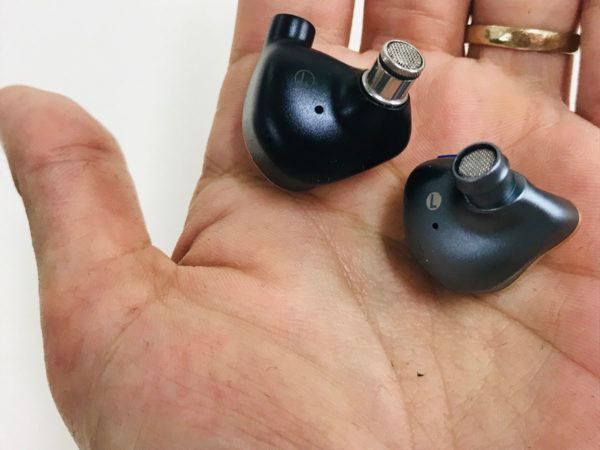
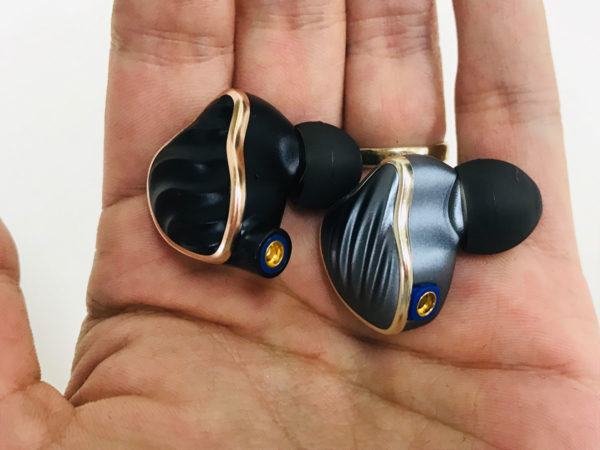
DESIGN
Both IEM models use a hybrid driver design. The FH5 employs a 10mm (polymer nanocomposite) for the lows and 3 Knowles balanced armature drivers for the higher frequencies. The FH7 has 5 drivers; FiiO installed a 13.6mm (beryllium) dynamic driver for the lows, and 4 balanced armatures for the mids and highs.
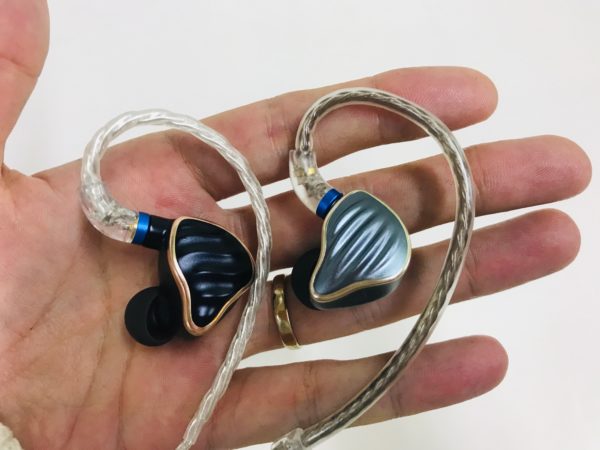
At 5Hz – 40kHz, the FH7 has a wider frequency range than that of the FH5, which is at 15Hz – 40kHz. Now, while you won’t be able to hear 5Hz, in theory, the extended frequency range should minimize distortion and increase clarity.
Another major difference lies in the cables. The FH7 sports a copper-plated silver Litz cable with 8 strands of “high purity” wire, giving it a thick and durable feel. The FH5 also uses a silver-plated copper wire, but it’s thinner and braided in a transparent thermoplastic sheath.
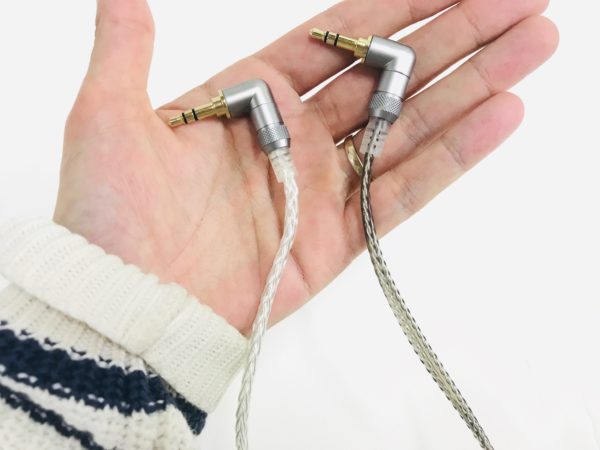
One small factor to note is that the MMCX connectors are more stiff on the FH5 than they are on the FH7, making them quite a bit harder to detach. My little lady fingers couldn’t take it.
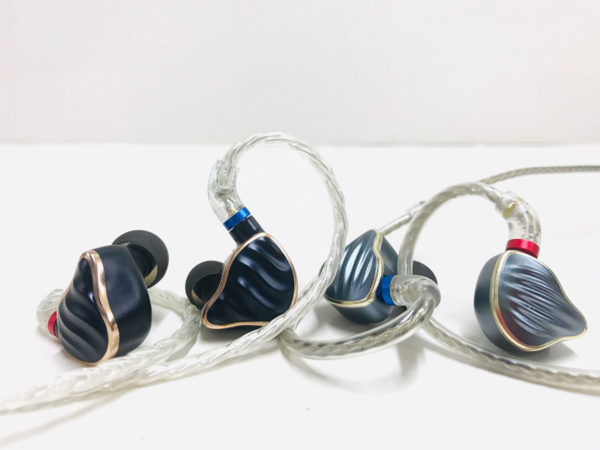
Finally, the FH7 comes with a three sets of different filters to tweak the sound signature. You won’t get this kind of creative control over the FH5, though the FH5 does also come with various types of eartips that accentuate certain aspects of the mix.
SOUND
Lows
You can expect a fatter, slightly more present bass from the FH5, though both share a similar amount of subbiness. But the bass on the FH7 is a bit more tempered and more disciplined. It has a tighter sound with better separation. And listening to acoustic double bass plucks, the FH7 presented a cleaner and more natural timbre than the comparatively bass heavy and bloated FH5. So, if you’re just listening to modern genres like pop or hip-hop, the meaty, forward leaning bass on the FH5 is perfect. But if you’re also a fan of genres that involve acoustic instruments, the FH7 will offer a more realistic presentation.
Mids
Here’s where the difference between FH5 and FH7 becomes most apparent. The mids on the FH5 are more recessed than they are on the FH7. As a result, the FH5 provide a more dynamic feel with the lows and highs more accentuated. In comparison, the FH7 sounds more full-bodied and all-encompassing on rock and pop-rock tracks, presenting clearer and more forward mids and low mids. So, listening to rock, for example, guitars tend to be more present on the FH7. In contrast, the FH5 conveys more “distant” sounding guitars and generally more forward leaning vocals.
And of course, there are the obvious differences in the level of detail and separation offered by these two models, with the much pricier FH7 outstaging the FH5 in terms of overall skill. Acoustic guitar strums and, for example, sounded cleaner and more crystallized on the FH7. And listening to cellos, the FH7 presented a far more textured sound to the less nuanced and smoothed over FH5. So, again, if you’re mostly listening to genres like folk, rock, classical or anything with heavy arrangements, the FH7 would be my pick.
Highs
You’ll hear a similar extension in this range. Listening to pop, for example, both models presented crispy percussion, giving plenty of snap to the track. But again, the FH7 revealed the more subtle nuances in the attack and resolve of the instrument (like cymbals) compared to the relatively heavy handed character of the FH5 in this range. And when played a Whitney Houston track on the FH7, I heard lots of airiness and subtle modulations, while the FH5 presented a heavier, more colored and less natural sounding performance.
Soundstage
You won’t lose that much soundstage by going with the more affordable FH5. Overall, the FH7 doesn’t sound that much grander. But the major difference here is the level of precision with respect to imaging. For example, while both IEMs offer a similar feeling of height and depth, gradations along the vertical and horizontal axes sound more definite and exact. So, you’ll get a slightly more colorful feel from the FH7.
SUMMARY
If you’re on a budget, and you mainly listen to modern genres like pop and hip-hop, the dynamic and punchy FH5 is a great buy. But if you’re looking for a more balanced and versatile IEM that works beautifully across all genres, the more precise and full-bodied FH7 should be your pick.
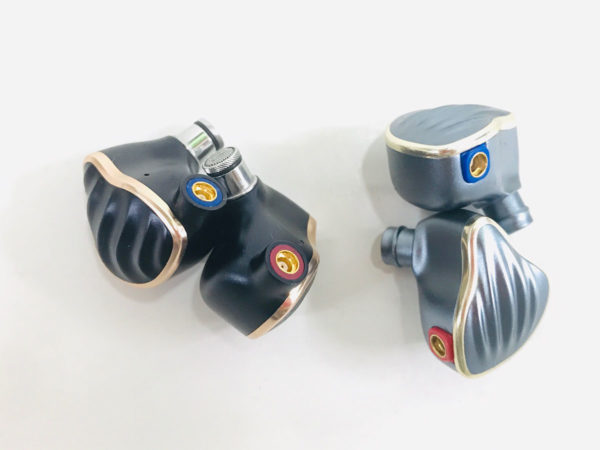
You can pick up both of these IEMs here:

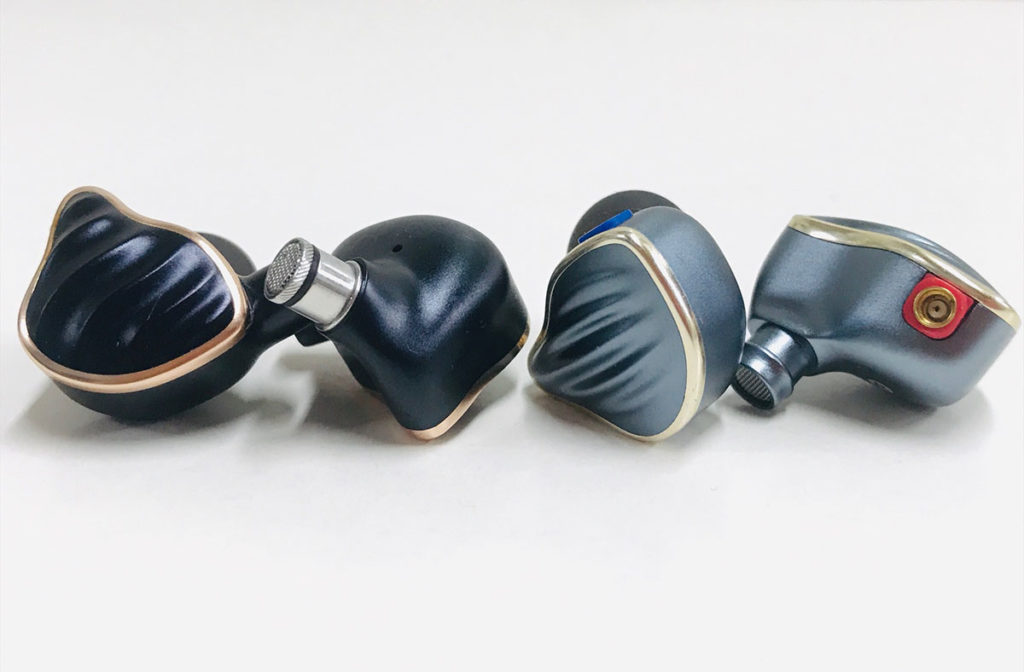
Hi,
“You can expect a fatter, slightly more present bass from the FH5, though both share a similar amount of subbiness.”
Does this comparison refer to the FH7 when it is used with the filter that provides the most prominent bass?